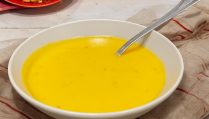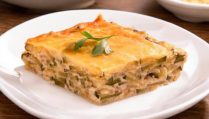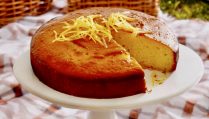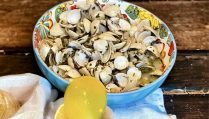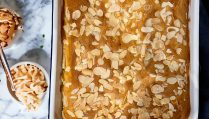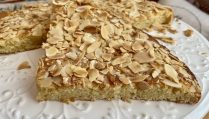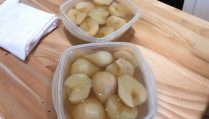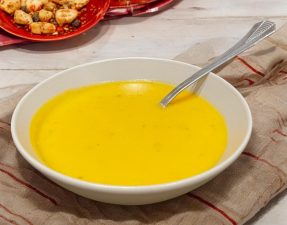
Italian Meringue Recipe
Here are some simple characteristics to help you decide which meringue to use:
- Buttercream: Often used as a base for Italian meringue buttercream, adding a lightness and stability to the frosting.
- Toppings for Desserts: It can be piped onto cakes and then lightly toasted with a kitchen torch for a delightful finish.
- Soufflés: Provides a sturdy base for sweet and savory soufflés due to its stability.
- Frozen Desserts: Used in recipes for mousses or ice creams for a smooth texture and volume.
- Candy: Can be used in making nougat or other confections due to its strong structure.
Characteristics:
- More stable than Swiss meringue and can withstand higher temperatures, making it ideal for applications requiring stability.
- Glossy and smooth, with a slightly denser texture.

Ingredients
200g granulated sugar
60ml water - I use warm water as it speeds up the process
100g egg whites (about 3 large eggs)
1 tablespoon fresh lemon juice
Instructions
1
In a small saucepan, combine the sugar and water. Stir gently to dissolve the sugar.
Place the saucepan over medium heat and bring the mixture to a boil without stirring.
Use a food thermometer and heat the sugar syrup to 120°C (soft-ball stage).
2
When the syrup reaches 105°C begin whipping the egg whites in a clean, dry bowl using a stand mixer or hand mixer.
Whip until soft peaks form. Add the lemon juice and whisk to stabilize the meringue.
It is virtually impossible to over whisk meringue.
3
Once the sugar syrup reaches 120°C, carefully and slowly pour it in a thin stream into the whisked egg whites while the mixer is running on medium speed.
4
Continue whisking on high speed until the mixture becomes glossy and stiff peaks form, and the meringue has cooled to room temperature. A good 10/15 mins. You can help it along by wrapping the bowl with frozen peas packaging or similar.
5
Use immediately…. It’s great for cakes (see main pic), pavlovas, or desserts, or store it covered in the fridge for up to 24 hours.


